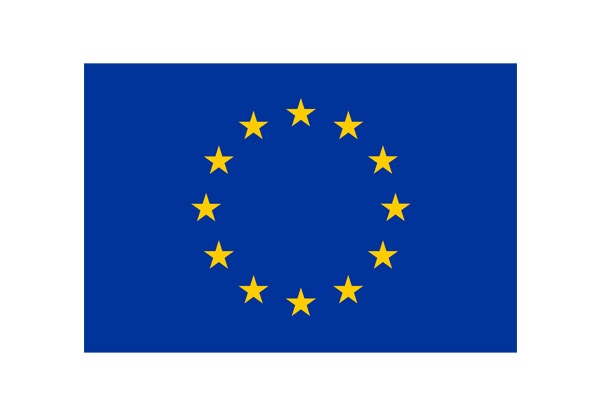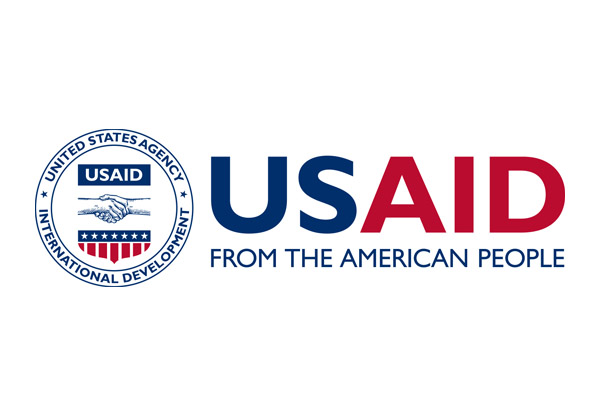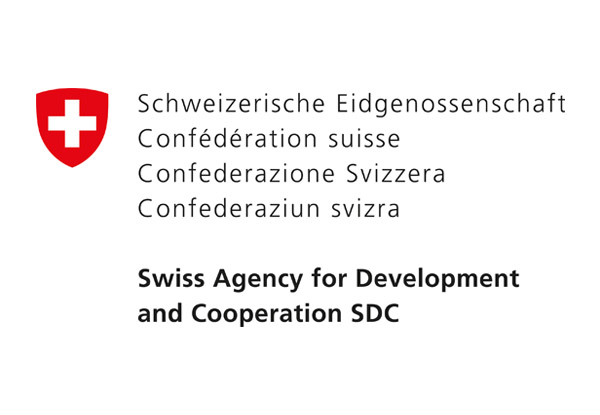Impact
Advocating for disability inclusion in the Philippines
GNDR Member organisation A2D Project has played a leading role in developing and facilitating the Cebu disability-inclusive disaster risk reduction network.
Executive Director Katherine Velmonte shared this story about local risks and the inspiring community leader she works with.
Insufficient planning
Over 100 sensors monitor weather, water and earth movements across the typhoon and earthquake-prone province of Cebu in the Philippines. The data can reportedly warn of potential life-threatening hazards up to nine hours before they occur. But even with sophisticated set-ups like this, people with disabilities continue to face significant challenges when disasters hit.
Corazon Bajuyo Clarin knows all about these difficulties. After contracting polio in her childhood, the 62-year-old still has reduced mobility and makes use of a wheelchair. ‘It’s hard for me to even run to ask for help,’ she says. ‘Or to move around and reach out for things if I’m not prepared.’
‘Eighty percent of people with disabilities would be unable to evacuate immediately without difficulty in the event of a sudden disaster,’ Ms Clarin adds. Persons with disabilities are more likely to be left behind or abandoned during disaster evacuations because there is insufficient preparation and planning, as well as inaccessible facilities and services.
Disaster-inclusive DRR
Her involvement in disaster risk reduction began after the Typhoon Haiyan in 2015. A2D organised a series of consultations with stakeholders to document the experiences of people with disabilities during and after the typhoon. Ms. Clarin’s organisation, the Women with Disabilities LEAP to Social and Economic Progress, was actively involved. What started as conversations among organisations of persons with disabilities, community leaders and other disaster front liners became the Cebu Disability-inclusive Disaster Risk Reduction Network, of which Ms Clarin is the current convenor.
Advancing disability rights
At present, A2D Project, Ms. Clarin and the members and partners of the network collaborate to advance disability rights in the province. Our collaborative initiatives include roadshows, training, radio talk shows, seminars and conferences that are geared towards mainstreaming inclusion and diversity – not just in disaster risk reduction and emergency preparedness, but in development in general.
Simple solutions
Implementing DRR has many simple solutions: early warning alarms should not only use sound – a flashing light can warn a deaf person of impending hazards. Evacuation routes need to be accessible to people with reduced mobility. Disaster preparedness training should be delivered in sign language, and public resources made available in audio or large text format to ensure accessibility. Government service providers should be given intensive training on employing different inclusive principles and strategies to ensure that no one is excluded and left behind.
Awareness raising
Awareness is often the starting point of inclusivity. Ms Clarin leads a team of trainers made up of people with disabilities: Marvelous Jorda, a trainer with visual impairment, often prompts participants to consider how a blind person might evacuate, for example during a fire. Mariah Agbay, a deaf trainer, teaches the essentials of sign language. ‘Police and government representatives should know how to communicate with us,’ she says. ‘This kind of training must be attended by local government units, the volunteers, the rescuers,’ Agbay adds. Deaf people like herself need to be the ones conducting the workshops in order to expose the hearing community to their community.
A contributor to development
The training team travels around the province to raise awareness of disability inclusion in disaster risk reduction – and to reduce stigma. Whenever there is opportunity, they conduct accessibility audits in buildings and provide recommendations on how to make their venues more accessible.
‘We’ve come to the realisation that we’re part of society,’ Ms Clarin says. ‘We are not a burden to society, but a contributor to development.’
This story was gathered in partnership with UNDRR as part of our Faces of Resilience project.
Become a member
Applying for membership is easy. Eligible organisations just need to complete our online application form and upload a couple of documents that confirm the organisation they work for.
If your organisation is already a GNDR member you can simply register yourself as an individual. We will then link you to your organisation and you can access all benefits.
Join GNDR


